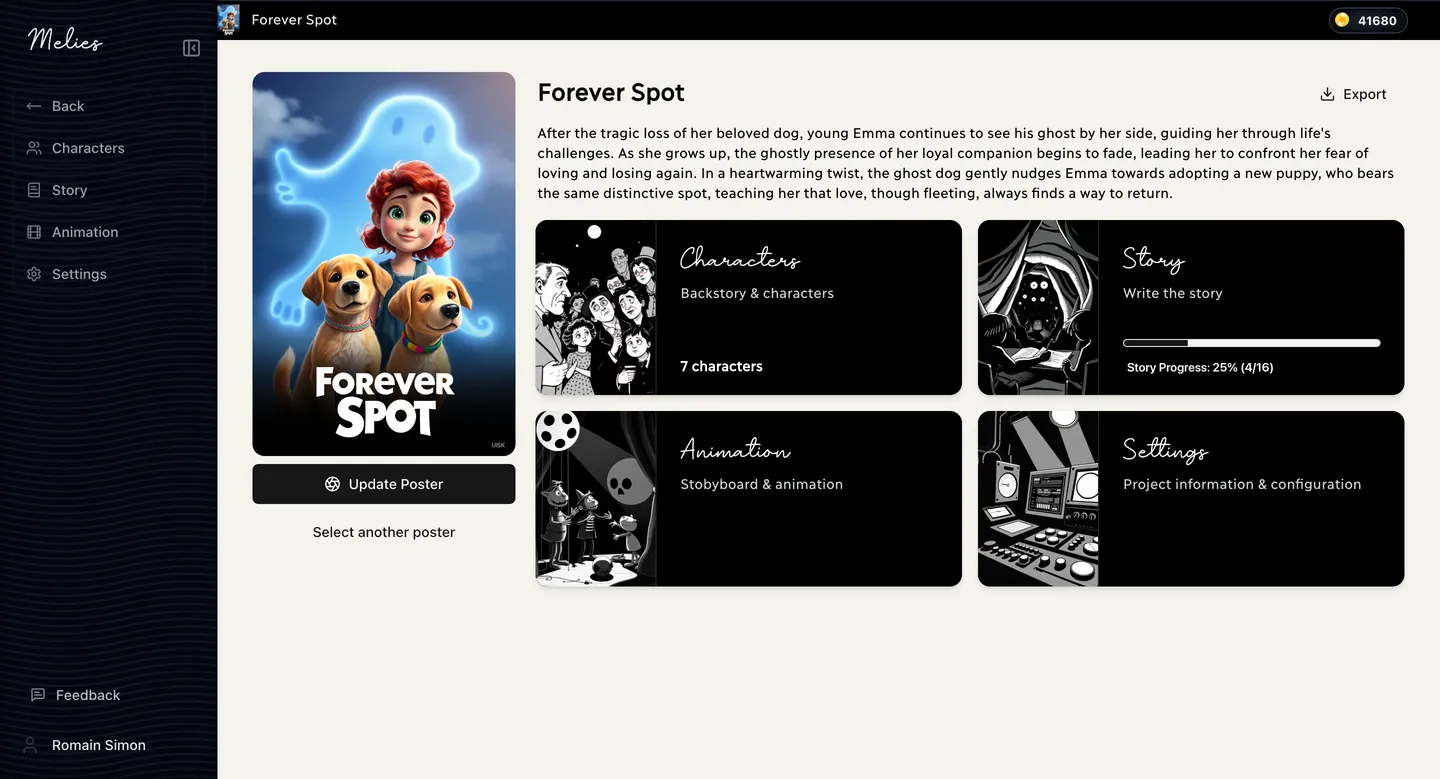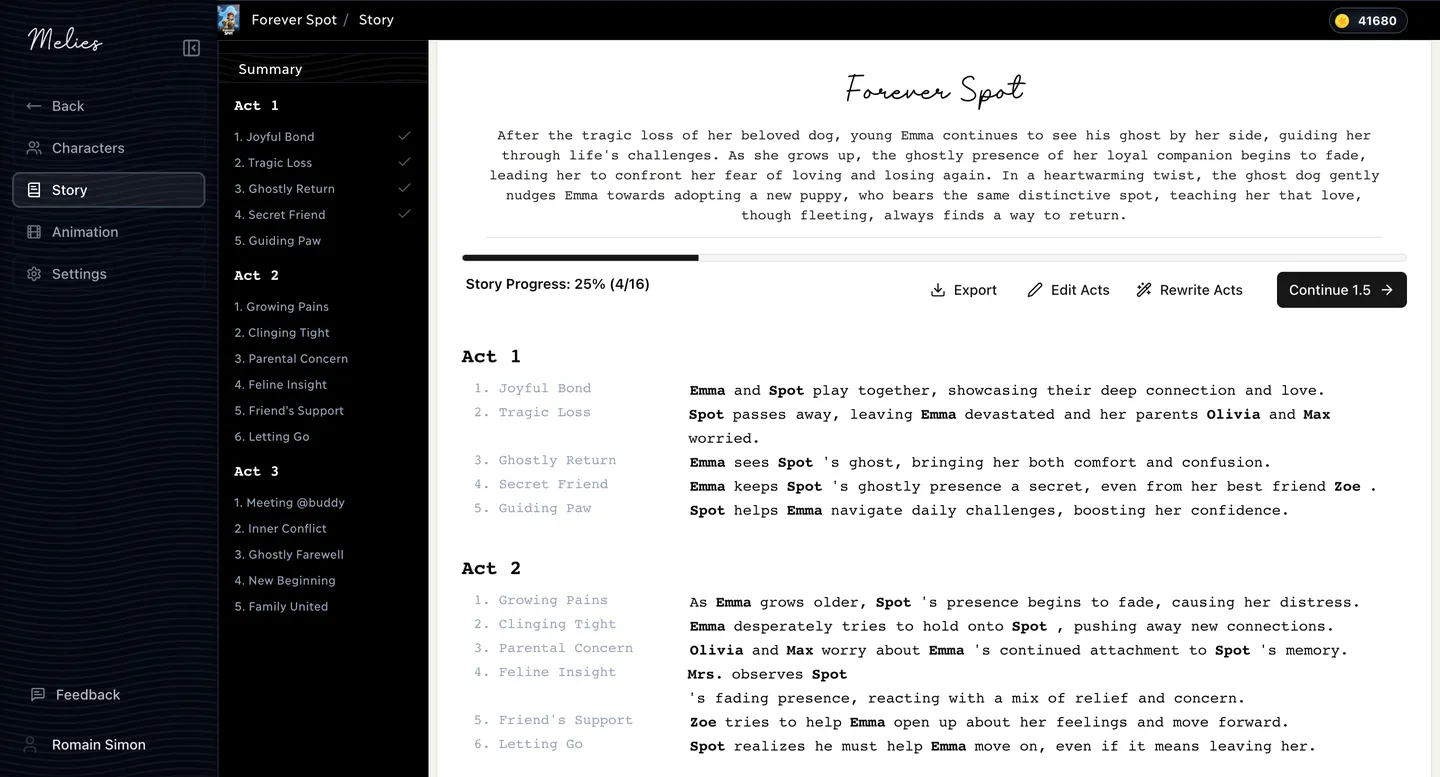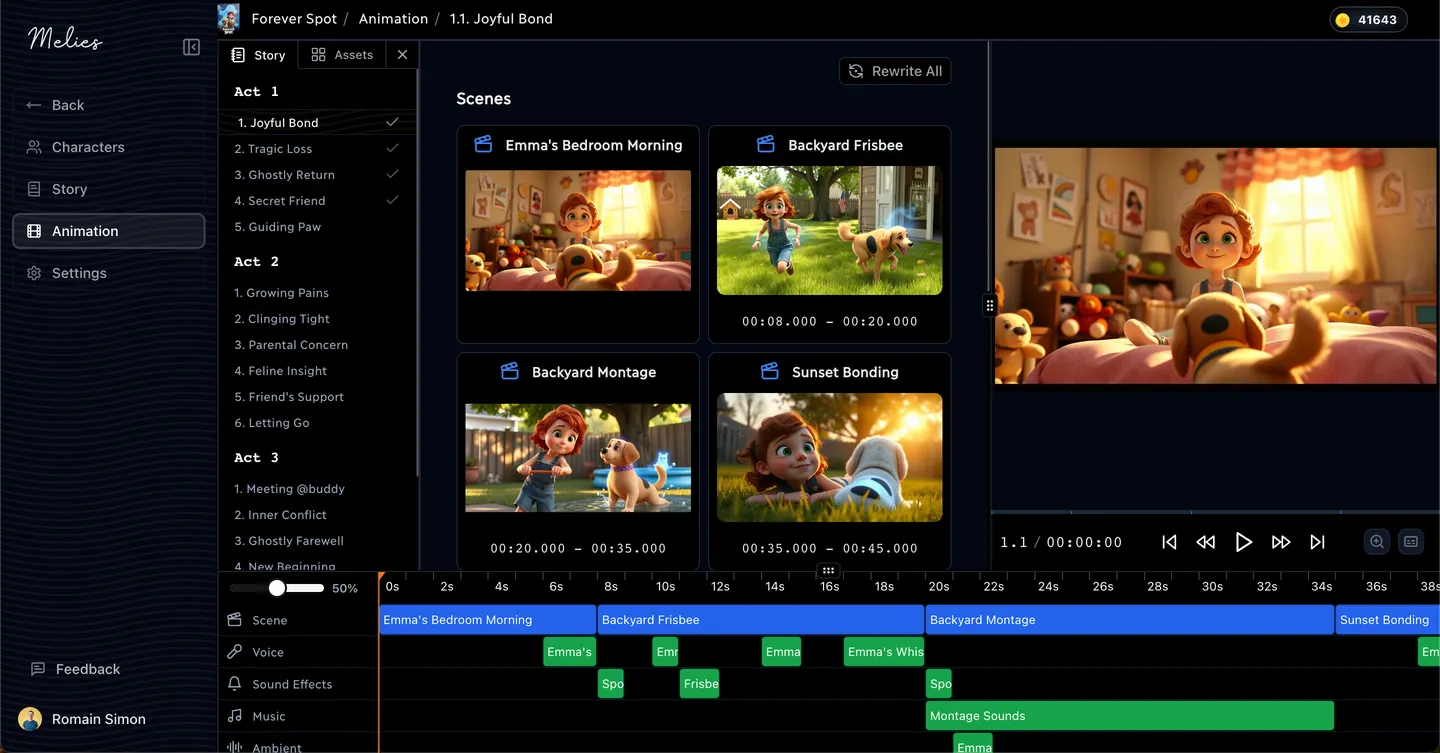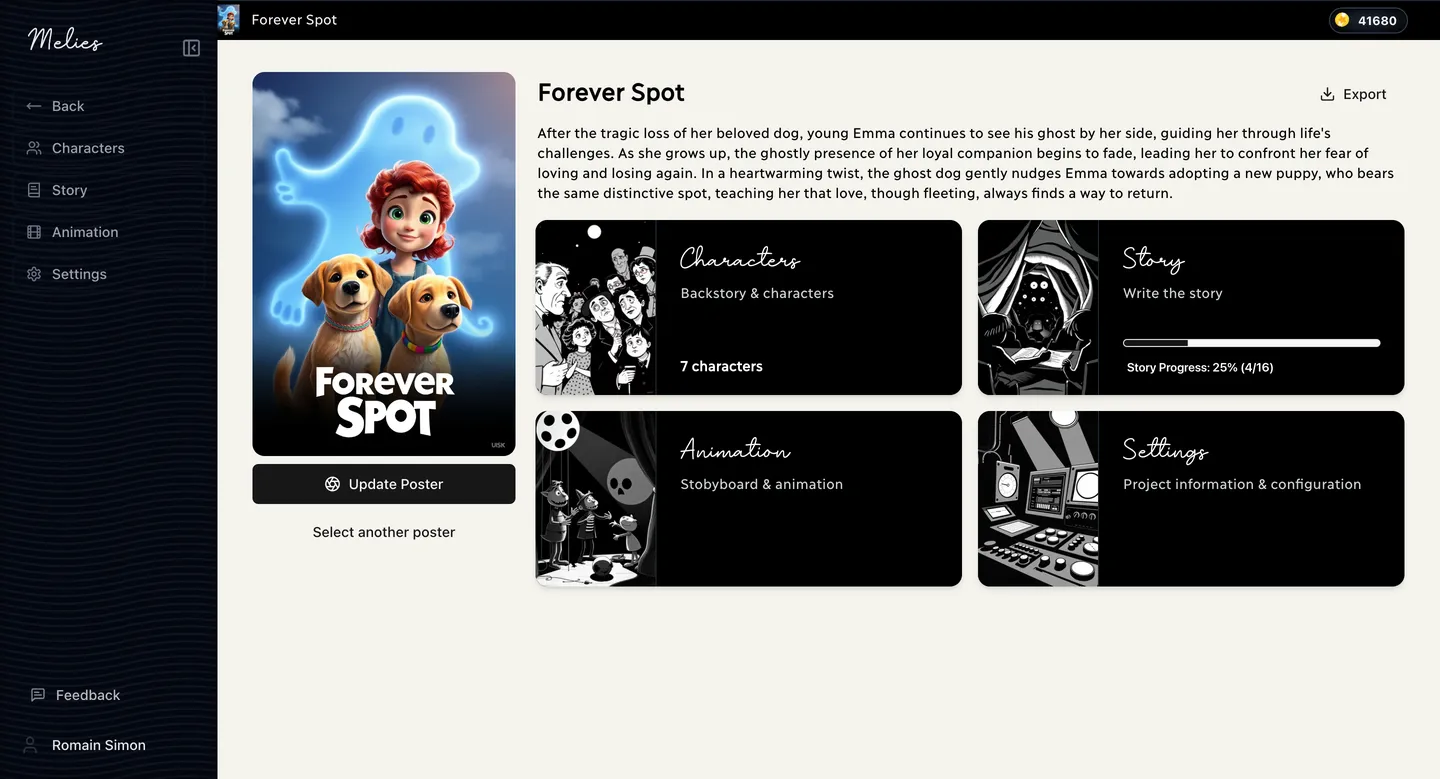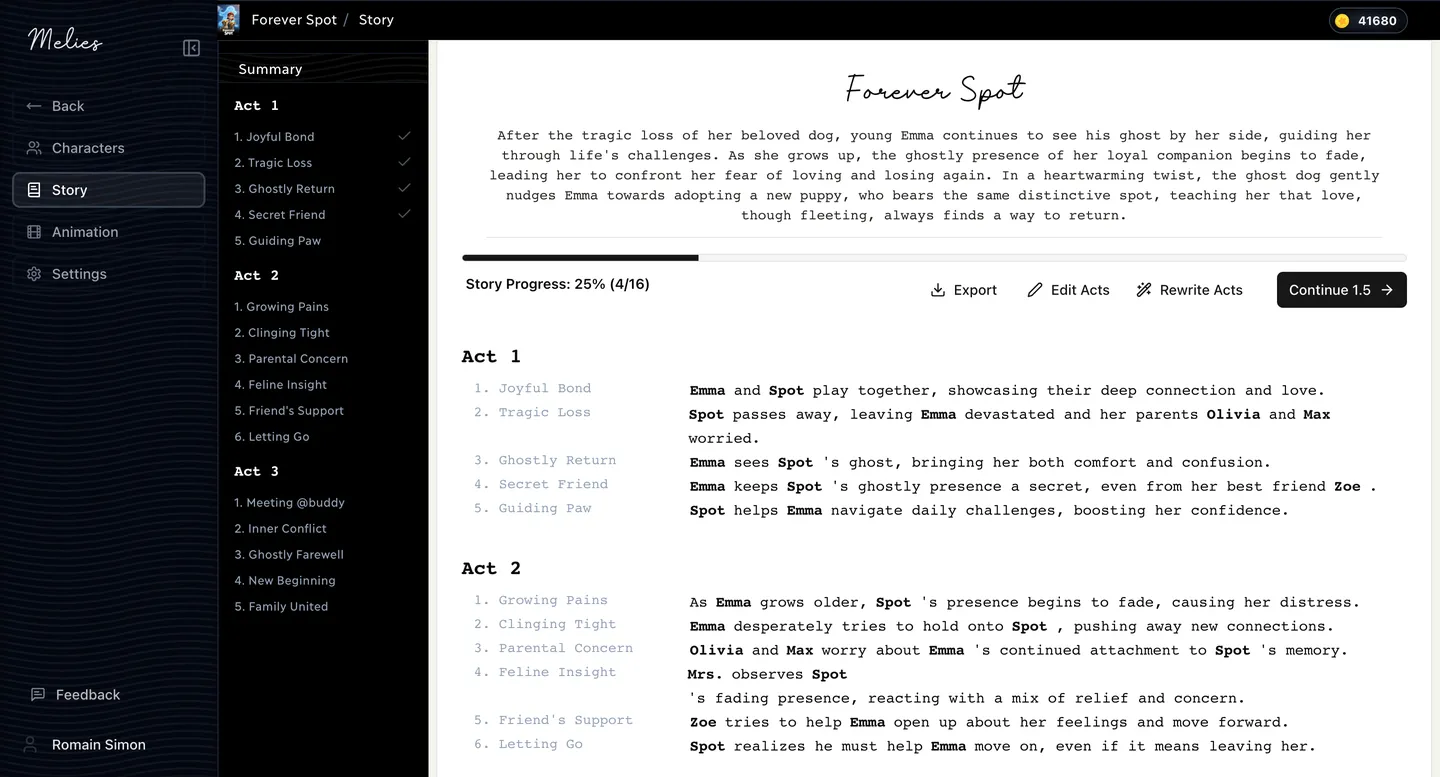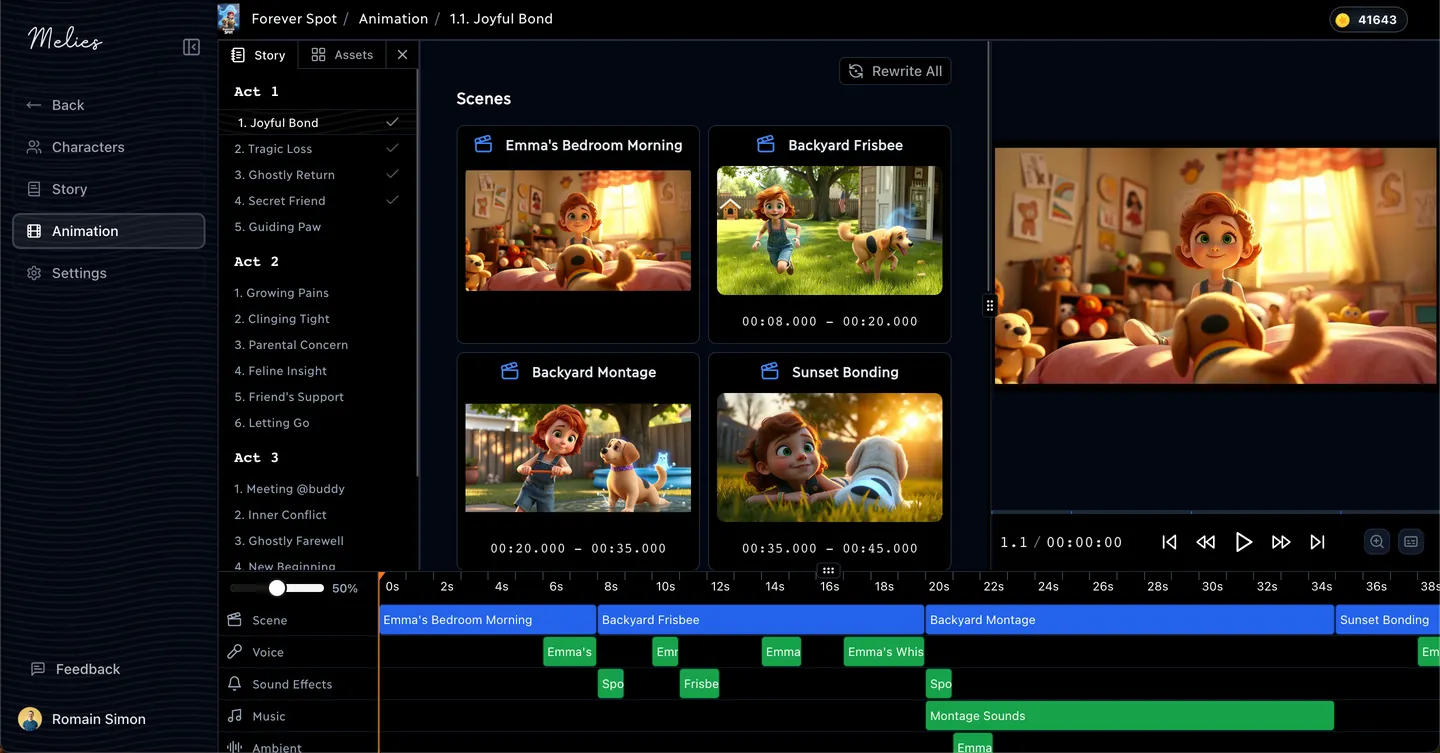Indie Filmmaking, Crafting Cinema Beyond the Mainstream

Indie filmmaking, short for independent filmmaking, is a vibrant and essential part of the cinematic landscape. This comprehensive guide explores the world of indie films, answering key questions and providing insights into this unique form of artistic expression.
What is an Indie Film?
An indie film is typically produced outside the major studio system, often with a lower budget and greater creative freedom. These films are characterized by their unique vision, unconventional storytelling, and a focus on artistic expression over commercial success.
What sets indie films apart? It's not just about having less money. It's a whole different approach to making movies:
- Creative Freedom: Indie filmmakers call the shots. No studio execs breathing down their necks.
- Tight Budgets: Less money means more creativity. It's amazing what you can do with duct tape and determination!
- Unique Stories: Weird, wonderful, and sometimes wild – indie films go where mainstream movies fear to tread.
- Risk-Taking: Experimental techniques? Controversial themes? Bring it on!
Notable Examples of Indie Films
- The Blair Witch Project (1999) - A groundbreaking found-footage horror film made for just $60,000.
- Pulp Fiction (1994) - Probably one of the most important independant movie, this aclaimed film made $213 million in the box office with a budget of only $8 million, won the Best Original Screenplay award and contributed to make Quentin Tarantino one of the most famous filmmakers
- Lost in Translation (2003) - Starring Bill Murray & Scarlett Johansson in Tokyo, it won an Oscar for the best original screenplay despite a budget of $4 million Little Miss Sunshine (2006) - A quirky family road trip that charmed its way to success.
- Whiplash (2014) - Damien Chazelle's intense drama about a jazz drummer, made for $3.3 million.
- Moonlight (2016) - A coming-of-age drama made on a $1.5 million budget that won the Academy Award for Best Picture.
- Parasite" (2019) - This South Korean gem started small and ended up winning Best Picture at the Oscars.
How to Spot an Indie Film
- Look for smaller production companies or no recognizable studio logos
- Check the budget (typically under $20 million)
- Observe the cast (often featuring lesser-known actors or unconventional casting choices)
- Distribution Channels: While traditional theatrical release remains an option, indie films often find audiences through film festivals, streaming platforms, independent theaters, ...
Indie vs. Mainstream: Key Differences
| Aspect | Indie Films | Mainstream Movies |
|---|---|---|
| Financing | Independent, often limited | Studio-backed, larger budgets |
| Creative Control | High | Often limited by studio input |
| Distribution | Challenging, festival-oriented | Wide theatrical releases |
| Artistic Focus | Vision-driven | Market-driven |
From Dream to Screen: Making an Indie Film
Many renowned filmmakers started their careers in indie cinema. For example, Christopher Nolan's "Following" (1998) was made on a shoestring budget of $6,000 and paved the way for his illustrious career. Similarly, Ava DuVernay's indie film "Middle of Nowhere" (2012) launched her into the spotlight, leading to bigger projects like "Selma" and "A Wrinkle in Time."
Making an indie film is like cooking a gourmet meal in a tiny kitchen with whatever's in the fridge. Here's the recipe:
- Write a Killer Script: Your story is your secret sauce.
- Gather Your Crew: Find passionate people who believe in your vision.
- Get Creative with Funding: Crowdfunding (e.g., Kickstarter, Indiegogo), Film grants and fellowships, private investors, ...
- Shoot Smart: Every minute counts when you're on a tight budget.
- Edit with Love: This is where the magic happens. Turn your footage into gold.
- Show the World: Film festivals, online platforms, or even renting out a local theater.
The Future of Indie Filmmaking
Indie filmmaking remains a vital force in cinema, challenging conventions and pushing creative boundaries. It offers a platform for unique voices and stories that might otherwise go untold, continually shaping the future of storytelling in motion pictures.
Melies wants to empower
to create Hollywood quality movies using AI.Meet Melies
Melies is an AI filmmaking software that will help you transform your ideas into stunning movies.
